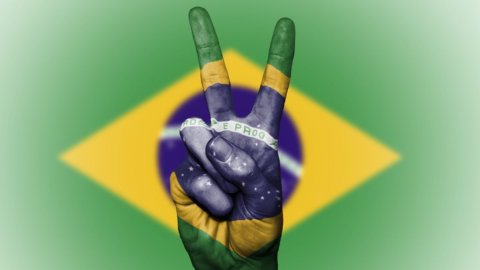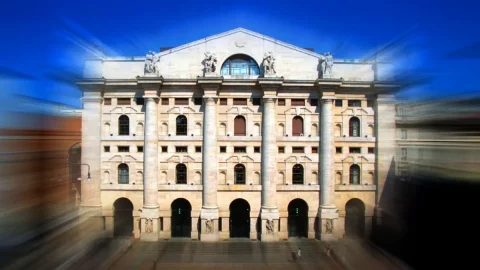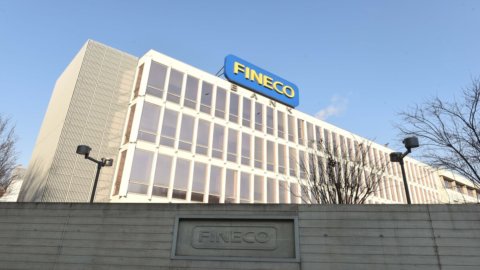It is a lucky period for the South American Stock Exchanges. while theMerval index of Buenos Aires continues its rally (+22% in the last 30 days), in spite of a parallel inflation that is destroying the real economy and the purchasing power of families, in the first half of this year it is worth mentioning also the exploit of the Stock Exchange of the first economy of the region, i.e. theBovespa index of Sao Paulo. The Brazilian Stock Exchange has just closed its second best quarter since 2020, with a percentage advance of 16% between April and June (+7,6% from January to June), thanks above all to the now imminent prospect of a reduction of interest rates and dollar which recorded its largest half-year decrease since 2016, losing almost ten percentage points since the beginning of the year. Currently the US currency is bought with 4,8 reais, which means that we are in fact returning to pre-pandemic levels, although the rate cut has not actually taken place yet, but the markets are expecting it and indeed President Lula claims that the Central Bank is delaying the move.
Brazil in recovery: the Lula recipe is starting to bear fruit
In fact, Lula, re-elected in November 2022 for a third term, is in a hurry to cash in, showing that the country is rapidly changing register after the difficult years of Bolsonaro. If the dollar is falling it is precisely because the outlook for Brazil's economic growth this year has been revised upwards in recent months, thus attracting foreign capital and consequently strengthening the local currency, the real. There Lula recipe is already bearing fruit: in the first quarter of this year GDP rose by 1,9%, a significantly higher figure than market forecasts, for example that of Bloomberg which stood at 1,3%. Now the growth forecast for the whole of 2023 has also been upward magazines around 2,2%, after 2022 was closed at 2,9% but with initially weaker prospects for the current year.
Soybeans, wheat drive Brazil's economy, inflation down
Above all, agribusiness is supporting the Brazilian economy this year, thanks to the increase in the price of raw materials and climate change which, for example, is putting another major commodity exporter such as Argentina in difficulty, hit by a drought Without precedents. In Brazil instead the collection of soybeans, wheat and other products is expected to break records and already in the first quarter of this year the GDP of the agri-food sector rose by 21,6%, a record since 1996.
The real miracle, however, is that ofinflation. While, for example, Argentina reached an all-time high in May with +114%, not to mention Venezuela, in Brazil the consumer price index in May increased by only 0,5% on a monthly basis, the most low since 2021, and 4,07% year-on-year, the best result since October 2020. Both figures were expected to be higher and the deflationary trend is consolidating, to the point that forecast for inflation in 2023 is now 5,6%, compared to 5,12% disclosed last week.
The National Monetary Council has even set the3,25% target in 2023 and 3% in the following two years, to meet market expectations and facilitate the rate cut, which should already take place in August, facilitating credit for Brazilian companies. In this scenario the San Paolo Stock Exchange continues to rise (only in the last 30 days it has gained almost 6%), also driven by international recognition: recently S&P confirmed the B score for Brazil, however improving the outlook from stable to positive, which gave breath in particular to the stocks banks (Santander, Bradesco, Banco do Brasil, Itaù) and the giant Petrobras.





